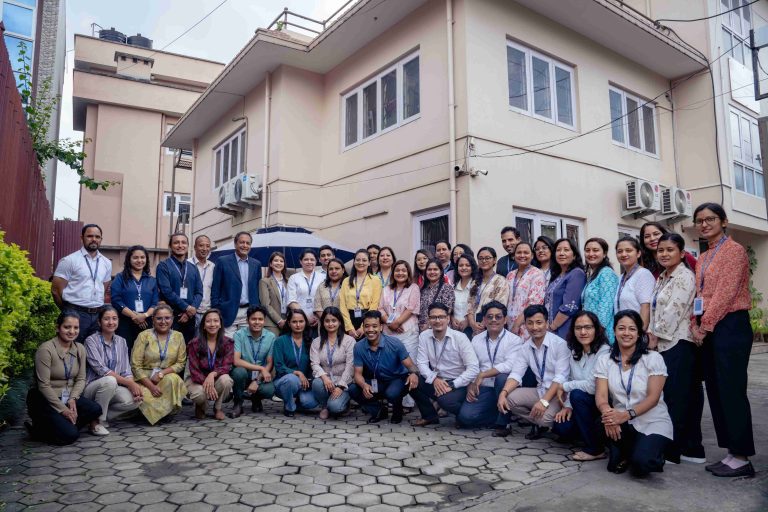Typhoid fever remains a significant global health challenge despite being entirely preventable. Each year, it is responsible for over 100,000 deaths worldwide, with the highest burden concentrated in low- and middle-income countries where access to clean water, sanitation, and hygiene infrastructure is limited. While effective vaccines, particularly typhoid conjugate vaccines (TCVs), are now available and recommended for use in high-burden areas, the continued transmission of the typhoid fever underscores the urgent need for comprehensive public health interventions. These include expanding vaccination coverage, improving water and sanitation systems, and strengthening disease surveillance to move toward the elimination of enteric fever.
What the Study Highlighted
The Seminar, led by experts from the UK, Pakistan, India, and Nepal, estimates that over 9 million people were infected in 2021. South Asia alone accounts for 60% of the global cases. Typhoid usually starts with a gradual fever, headache, and fatigue. In children, symptoms can include high fever, vomiting, and stomach pain. If not treated, the disease can lead to serious complications like intestinal perforation and encephalopathy.
The Antibiotic Crisis
Doctors once relied on antibiotics like ciprofloxacin (a fluoroquinolone family) to treat typhoid. However, in South Asia there is widespread resistance to fluoroquinolones. In parts of Pakistan, scientists have identified “super strains” that resist nearly all common antibiotics, known as extensively drug-resistant (XDR) typhoid. Some patients now need last-resort antibiotics like meropenem, which are very expensive and often beyond the reach of poor patients
Vaccines Offer Hope — But Not a Complete Solution
New typhoid conjugate vaccines (TCVs) have shown up to 83% effectiveness for at least 5 years after a single dose. Countries like Nepal, Pakistan, Kenya, and Malawi have included TCVs in their national vaccination programs, protecting millions of children. However, there is still no vaccine for paratyphoid fever, a related illness caused by a different strain of Salmonella.
Why Prevention Still Matters
While vaccines are a strong tool, experts emphasize that access to clean water and sanitation is crucial to eliminating typhoid. Until every community has safe drinking water and proper waste management, typhoid will keep returning.
A Disease We Can Eliminate
Since humans are the only known reservoir of the bacteria, scientists believe that eliminating typhoid is achievable. However, this will require a global effort combining public health infrastructure, sanitation improvements, and widespread vaccination.
“Studies conducted at OUCRU Nepal have played a pivotal role in shaping both prevention and treatment guidelines for enteric fever. Research published by the team contributed to changes in global prevention strategies and informed treatment protocol. Building on this body of work, OUCRU Nepal made a significant contribution to the recent Lancet Seminar on enteric fever.” said Dr Buddha Basnyat, Chairman of OUCRU Nepal, one of the leading organizations in typhoid research.
“As part of ongoing efforts toward the eventual elimination of typhoid, we are now focusing on identifying and treating chronic carriers—individuals who continue to harbor the bacteria in their gall bladders even after recovery,” added Dr. Abhilasha Karkey, Director of OUCRU Nepal. “These carriers act as a hidden reservoir for transmission within communities. Screening and management of such carriers, alongside vaccination and improved sanitation, represent the next crucial step toward interrupting the cycle of infection.





